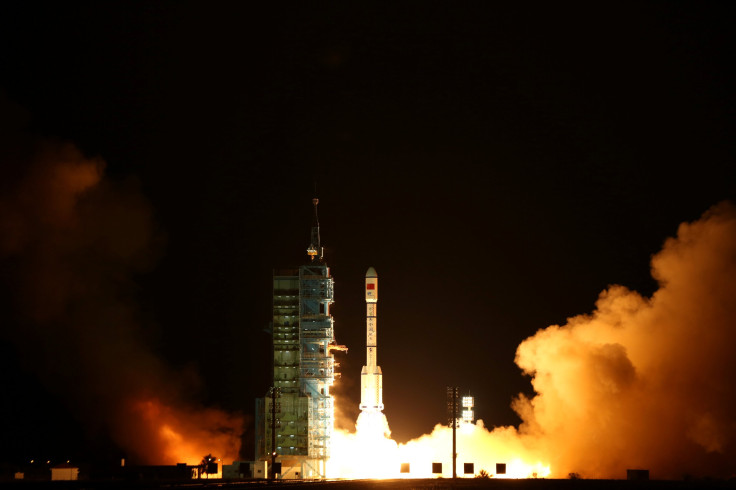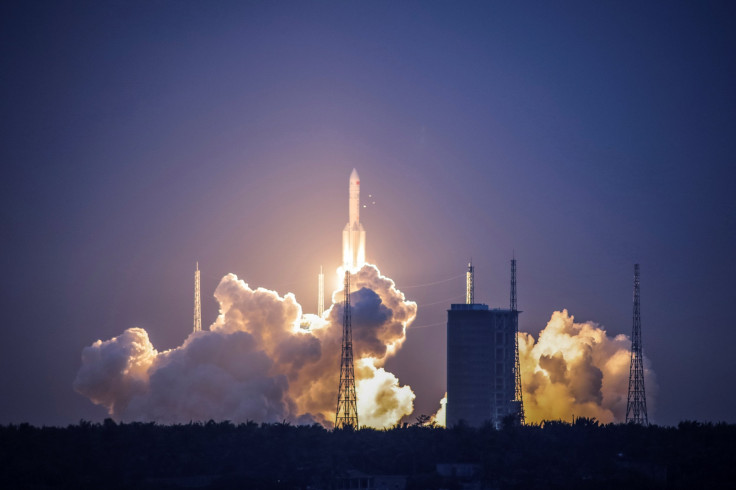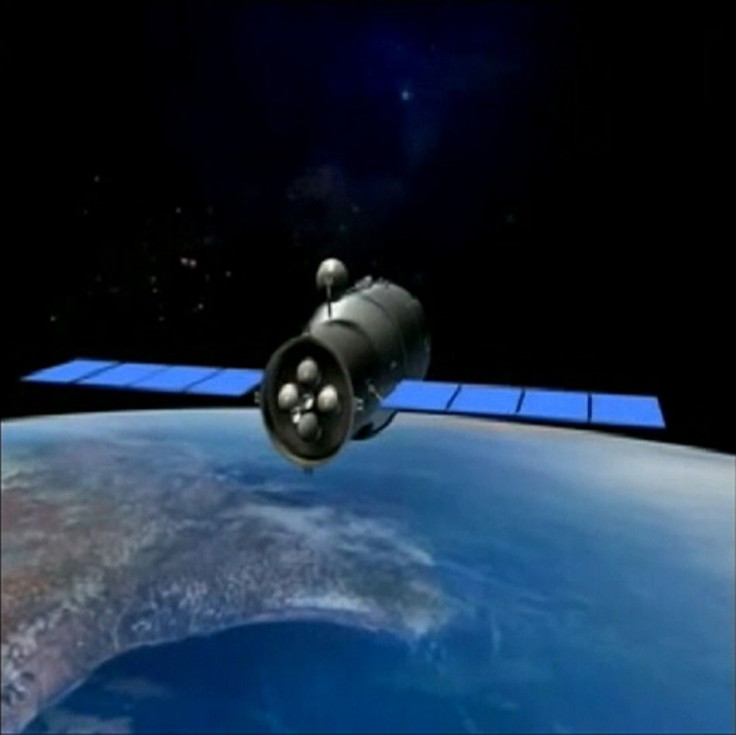China Space Program: Moon Mission Launch, Space Station Falling To Earth

If things go according to China’s plan in 2018, the Asian country could unsettle the dominance of the United States and Russia (and formerly, the USSR) in the field of space exploration. China has a very ambitious space program and has made rapid advances in developing the technology to enable it, even though it has faced some setbacks.
The highlight for the year ahead is the landing of a rover on the far side of the moon, a feat never before attempted. The lander would be the second phase of China’s Chang’e-4 mission (Chang’e is the name of the moon goddess, according to Chinese mythology), with the first phase involving the posting of a communication relay satellite behind the moon. The dates for both the launches are not yet confirmed, but the first phase is expected sometime in June or July.
Originally, China had somewhat different plans for the moon. It wanted to launch the next phase of its lunar program — Chang’e-5 — in November 2017, which would be an attempt to return moon samples to Earth, the first such endeavor since the former Soviet Union’s Luna 24 in 1976. But a failure of the launch vehicle, the Long March-5 rocket, in July 2017 put a brake on that plan, and when Chang’e-5 will launch now is anyone’s guess.

The country has already made a soft landing on the surface of the moon, only the third country to claim that accomplishment. The Chang’e-3 mission, launched in December 2013, also put a rover called Yutu (or Jade Rabbit) on the lunar surface, which was operational for over two years, even though it encountered operational difficulties soon after landing.
The failure of Long March-5 also puts a spanner in the works for a Chinese space station — another ambitious project to rival the International Space Station. Called Tiangong (meaning “heavenly palace”), the orbiting laboratory with living quarters was to be put together in phases, with Long March-5 carrying components to orbit. But that project has already faced a serious setback, even before the problem with the rocket.
While Tiangong-2, the project’s second phase, has been in orbit since September 2016, the previously launched Tiangong-1 (it took off in September 2011) failed and is expected to fall back to Earth at a time and place largely undetermined. It was expected to make reentry in late 2017, but according to the newest estimates by federally funded U.S. nonprofit the Aerospace Corporation, it will breach the atmosphere “around March of 2018,” with an error margin of two weeks.

Most predictions of where the debris from Tiangong-1 will fall refer to areas covered by the ocean, somewhere between 43 degrees south and 43 degrees north latitudes. There has so far been only one known instance of space debris actually hitting a person, and even in that instance, Lottie Williams of Tulsa, Oklahoma, wasn’t seriously injured. And compared to the 120,000 kilograms of the Mir space station (the largest object to reenter), Tiangong-1’s 8,500 kilograms is not all that big.
All the same, it is likely that there are toxic and corrosive substances on board the doomed space station. So if people see any debris near them, they are advised to not approach it, but instead, report it using this link.
In some way, however, the fact that Tiangong-1 is falling to Earth is a good thing, provided it doesn’t cause any destruction on Earth. If it remained in space as junk, it would have only become another piece of debris in orbit around the planet. Space debris is already a serious problem, which if not addressed, could impede space exploration in the future.
© Copyright IBTimes 2024. All rights reserved.











